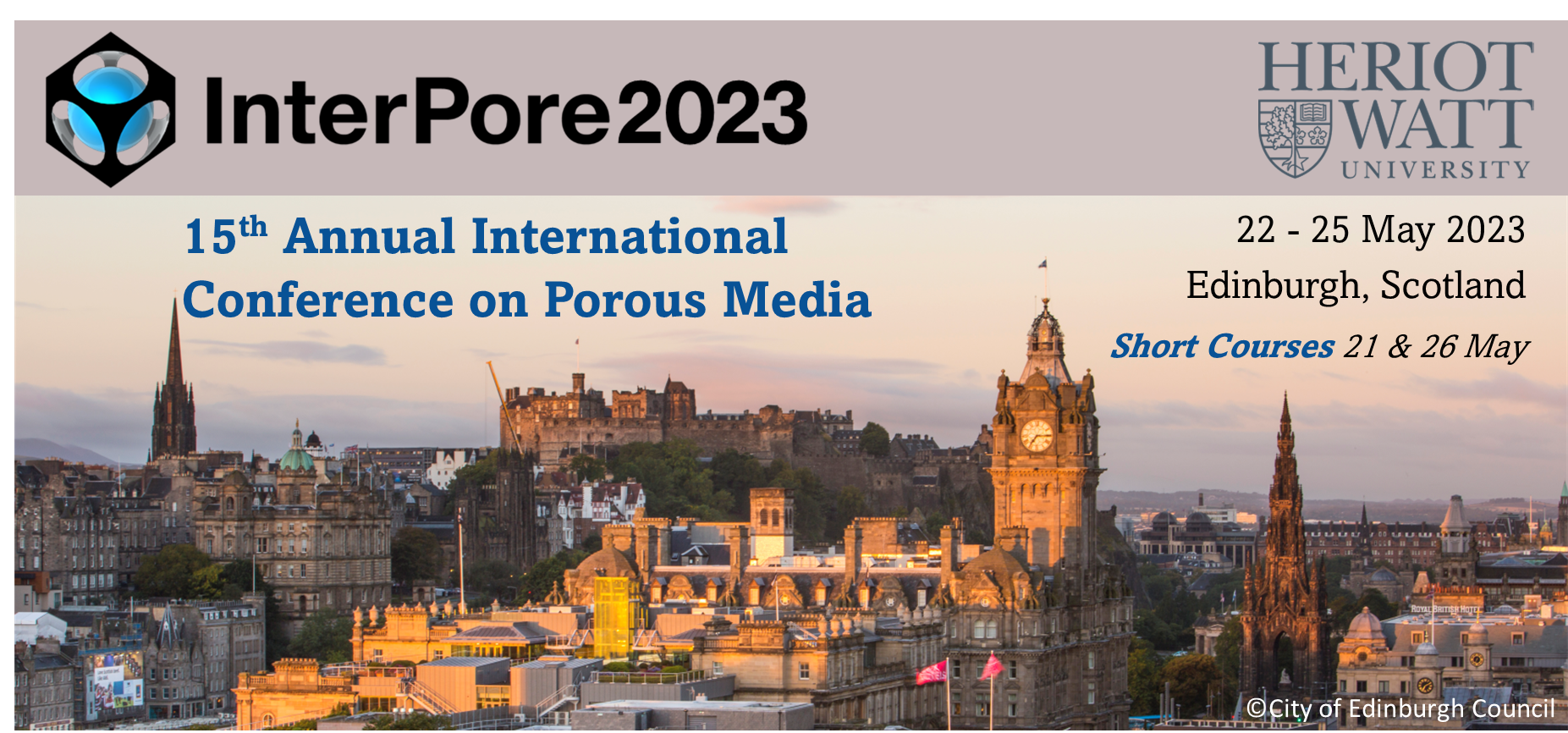Speaker
Description
Most natural and engineered systems experience repetitive loading cycles of all kinds, including: stress (our bones and foundations), fluid pressure (the beating of our hearts, tidal action, and pumped hydro storage), suction (our lungs and natural dry-wet cycles), pore fluid chemistry (salt-water intrusion), and thermal cycles (such as silos, freeze-thaw, and geothermal systems). Repetitive loads can cause significant accumulations of volumetric strain (towards the terminal void ratio) and plastic shear strains (shakedown or ratcheting), lead to accelerated transport (of heat, chemical species and particles), and alter material properties and system performance. Complementary multi-scale experiments and simulations provide unique insights into the underlying mechanisms that explain the observed responses. Analysis and design must consider the influence of multi-physics repetitive loads on the long-term performance, serviceability and safety of engineered systems. Asymptotic trends can be used to obtain first-order estimates for simple boundary conditions; however, complex boundary conditions require numerical simulations, the development of new constitutive models and the implementation of hybrid algorithms that avoid standard time-stepping numerical protocols.
| Participation | In-Person |
|---|---|
| Country | USA |
| MDPI Energies Student Poster Award | No, do not submit my presenation for the student posters award. |
| Acceptance of the Terms & Conditions | Click here to agree |







